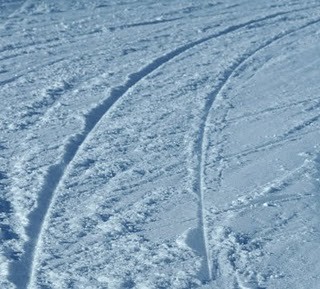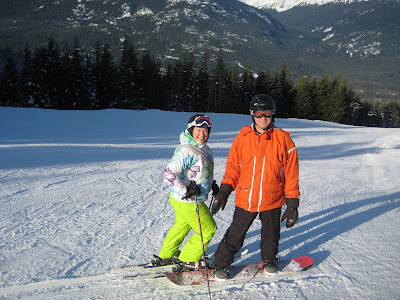Skiing was my passion. When I lived in Toronto I would travel 7-12 hours most weekends to get to the bigger hills in Quebec and Vermont. On those weekends that I stayed in Ontario I battled the crowds on the small local hills, making the runs more challenging by boot skiing, skiing backwards, and doing 360s on the snow. I rearranged my life so I could move to Whistler and ski big mountains every week.
Then something unexpected happened. I fell out of love with skiing. It happened gradually. I had a few less than stellar winters – a knee injury shortened one season and the next season I only got out a handful of times as I spent the winter going through chemo and radiation for breast cancer. When I returned to skiing the following year, my left leg had a knee injury and my right foot had plantar fasciitis.
I still enjoyed getting up on the mountain on a good day with friends or enthusiastic guests but I became a fair-weather skier and was wary of powder and steeps. I could no longer push myself. I felt broken.
But I started training again and went out with my training group each week. I kept teaching and was excited to see my guests progress and get excited about their skiing. Gradually I rebuilt my confidence. Slowly I got better. Finally injury-free this summer, I was able to push hard with my off season training and get fit, strong, and lighter for this winter.
It’s still early in the winter but a switch has gone off in my brain. I am excited to ski every weekend no matter the forecast. I am skiing faster and trying harder than I have in years. I am excited to have more terrain open so I can challenge myself. I am returning to writing about skiing for the first time in almost 7 years. My goal for this year is simple: to find the fun in skiing and get out on the mountain every week to celebrate my recovery and good health. I can’t wait!



